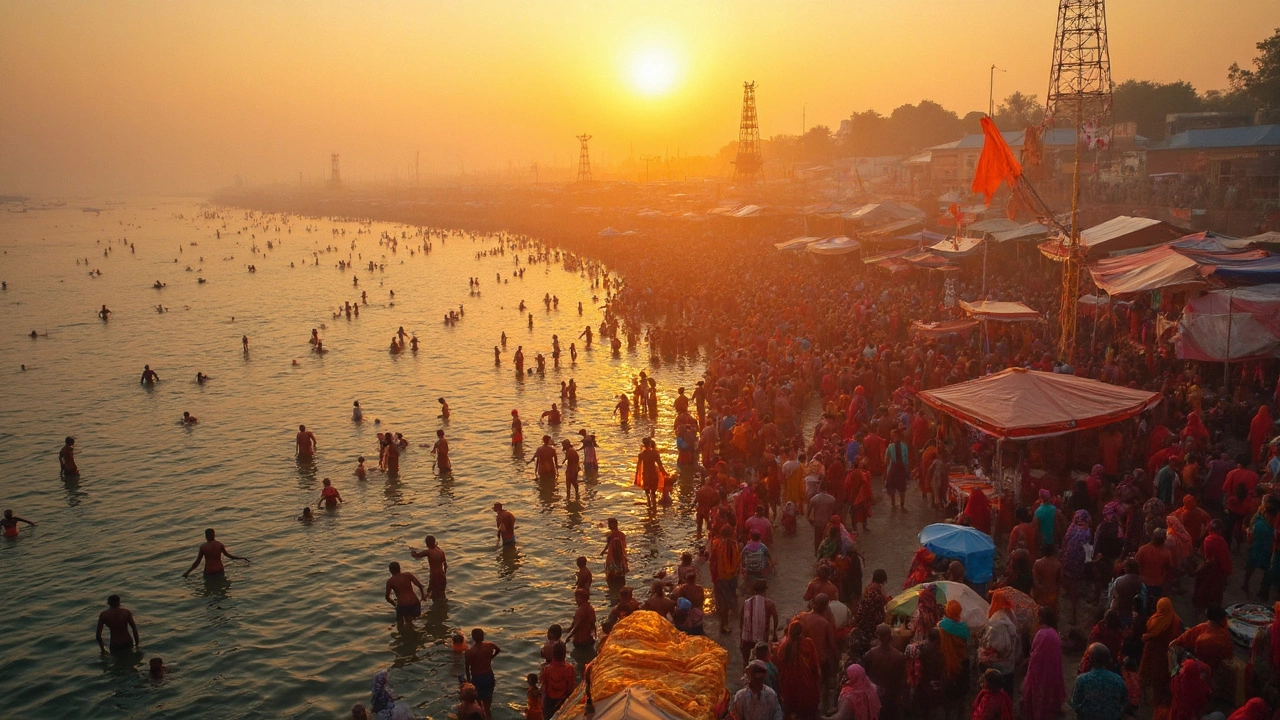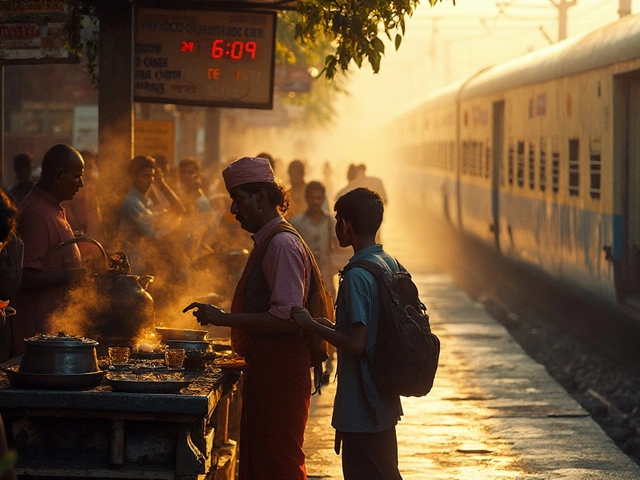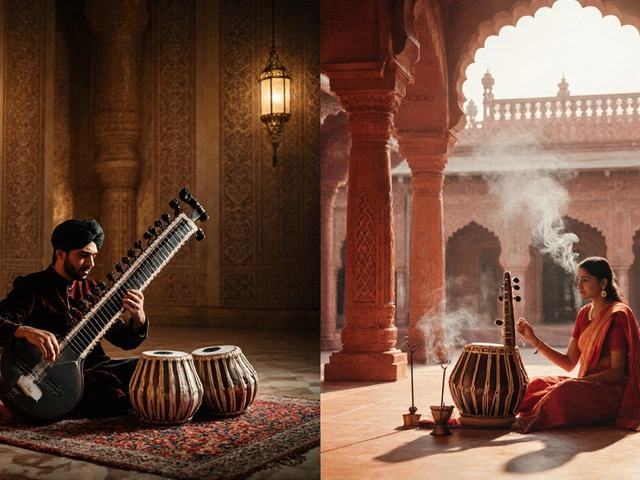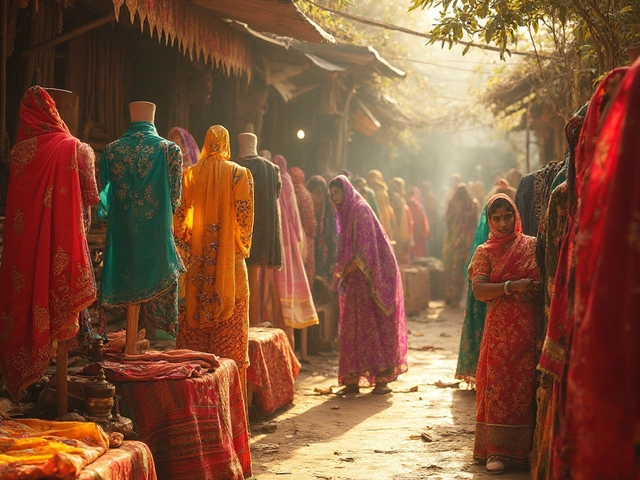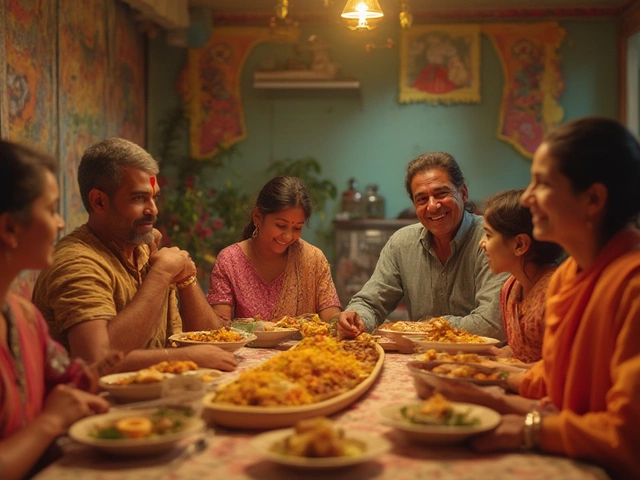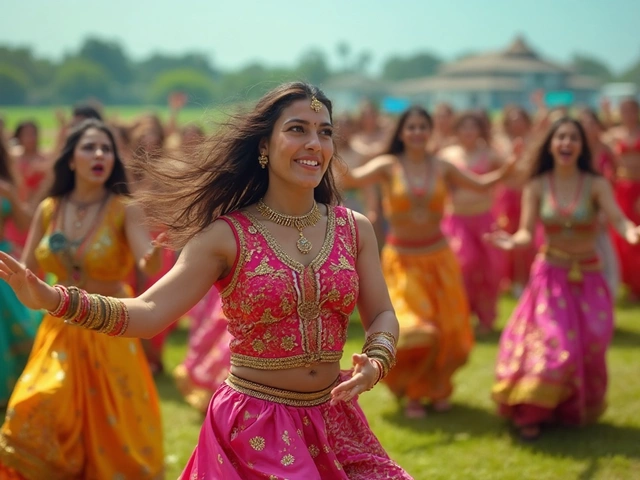Hindu Religious Event: Traditions, Festivals, and Cultural Roots
A Hindu religious event, a ceremonial practice rooted in Hindu scripture, community, and seasonal cycles. Also known as Hindu festival, it brings together prayer, music, food, and ritual in ways that vary by region but share a common thread of devotion. These aren’t just days off work—they’re moments when families reconnect, temples overflow with chants, and streets turn into open-air altars.
Take Diwali, the Festival of Lights, marking the return of Lord Rama after exile. Homes glow with oil lamps, sweets are shared, and fireworks light up the night sky—not just for celebration, but as a symbol of inner light overcoming darkness. Then there’s Holi, the playful, colorful festival of spring that dissolves social barriers with powdered pigments and music. It’s not just about throwing colors; it’s about forgiveness, renewal, and joy that cuts across caste, class, and age. And Navratri, a nine-night dance and worship dedicated to the goddess Durga, turns cities into stages where Garba and Dandiya rhythms pulse through the night, turning devotion into movement.
These events aren’t isolated. They tie into deeper cultural rhythms—like the lunar calendar, harvest cycles, and mythological stories passed down for generations. You’ll find them reflected in temple rituals, home altars, street vendors selling special snacks, and even in how people dress. A woman in Tamil Nadu might wear a silk sari for a temple procession, while a family in Gujarat dances all night in colorful chaniya cholis. In Bengal, Durga Puja becomes a citywide art exhibition; in Varanasi, Ganga Aarti turns the river into a glowing ceremony of fire and song.
What makes these events stick? They’re not just about belief—they’re about belonging. They give structure to time, meaning to routine, and identity to community. Even young people who don’t pray daily still know when to light a diya, when to avoid meat, or when to visit their grandparents’ village for a festival. These aren’t museum pieces. They’re alive, evolving, and deeply personal.
Below, you’ll find articles that dig into the heart of these moments—how they’re celebrated, why they matter, and how they shape everyday life across India. Whether you’re curious about the food served during Karva Chauth, the music behind a temple bell, or why millions walk barefoot in pilgrimage, you’ll find real stories here—not just facts, but feelings.
